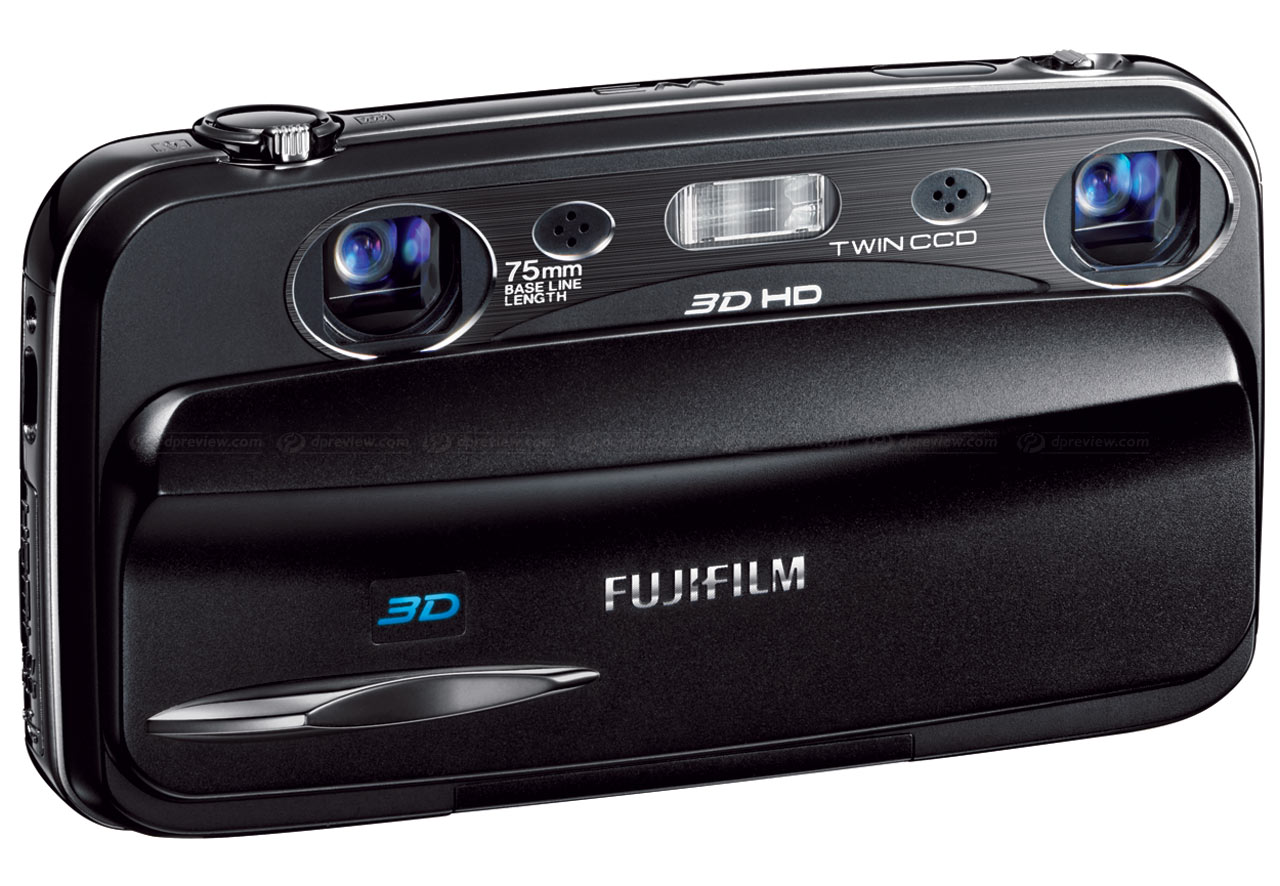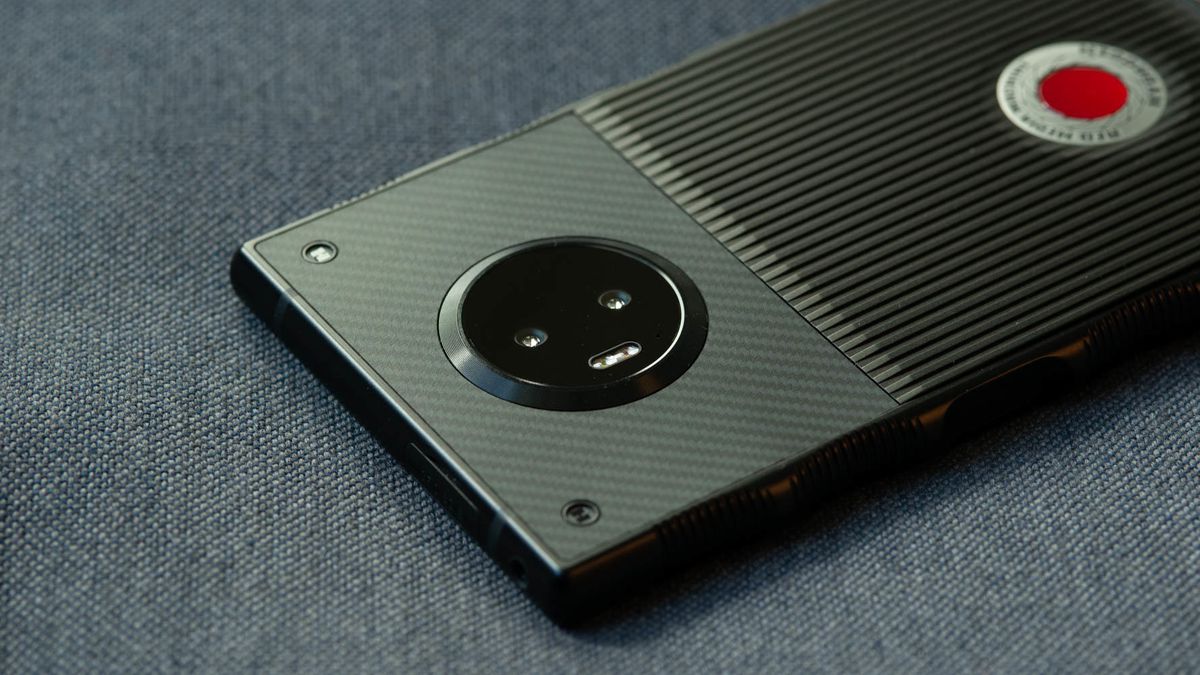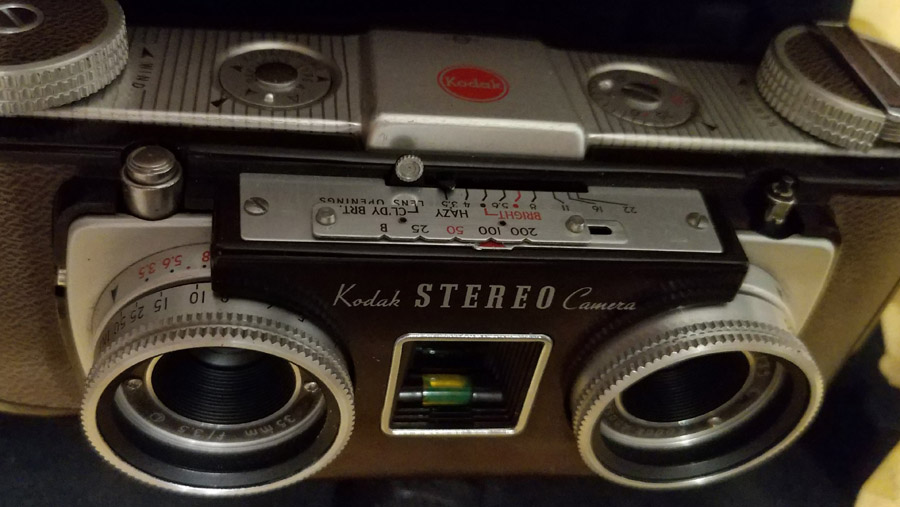Digital 3D Cameras (still stereography)
This is a list of stereo still cameras that I currently use. (This list in incomplete and a work in progress)
 Fuji Finepix W3 3D (2010)
Fuji Finepix W3 3D (2010)
This is by far my favorite stereo still camera released in 2010 and a followup to the W1 model. It has the most usefull stereo base like the 1950's 70mm setups. It comes with 75mm stereo base for those great outdoor shots with deep depth. The imaging is in 4:3 format but you can setup in-camera cropping to 16:9. The full sensor is 10mp which produce (in good light) crisp, colorfull images. Any more I usually shoot in full sensor and I can always crop the image later for 16:9 if I need to in post. Why waste the image up front? It fits nicely in my pocket and weight isn't too bad either. Low light isn't great. Indoors, the flash is useful, ghost spots can be a problem from time to time with the close proximity of the flash to the lenses so have to check the images. The other very usefull feature on this camera is the built-in lenticular 3D screen. You can see the 3D images instantly without having to transfer them to another device. The only downside with this camera is that while it does support 3D video recording, it is mostly unusable. The recording method is 720p24 and uses very inefficient AVI codec to store data, despite having a 40 plus recording bitrate, the images come out very messy. It is really only usable as a stereo still camera and that is all I use it for. Another downside is the focal range is pretty narrow at 35mm. It can sometimes be a trick getting everything in frame, especially shooting 16:9. And along with the wide 75mm stereo base, you will likely have to fix verticle alighnment in post as it will be off to some degree. There is an 18min special feature on Botanica 3D with 3D images taken with the Fuji.
Panasonic Lumix DMC-3D1 (2011)
This is a pocket-sized stereo camera, even smaller than the Fuji W3. Produced in 2011. It has a smaller stereo base at 30mm. It is very small and light in your hands, unfortunately no 3D screen. You can move the SD card over to the Fuji and view them there if you have that camera too. I do not use this camera as much these days. A few reasons why. The closer stereo base for one. It is not great outdoors unless you're shooting subjects up close. Another reason is it only captures in 8mp imaging. I can generally get by without this camera by taking my W3 and my phone which has an even closer stereo base for closeups. Video recording is better though with 1080i30 SBS. It is noticeably better despite being SBS format. The better recording codec makes up for it and the 1920x1080 imaging. Downside on this camera is with the flash it is very close to the lenses so dust particales get picked up quite a lot, much more than the W3. Another advantage of this camera over the W3 is it takes 12mp images in 2D though that isn't really important now that most phones can take better images than this camera. Overall, it's a nice 3D camera. The 30mm stereo base limits its 3D range to close to medium shots and the 8mp images (6mp in 16:9) are not as crisp as the W3. It does have a wider lens at 25mm which is far better than the W3. So if you can't get everything in shot on the W3 the 3D1 might be a better option.

RED HYDROGEN ONE (2018-2019)
Currently, I'm using this as a phone and 3D camera. The RH1 was released in late 2018 (with 2017 parts). It supports two 12mp cameras spaced only 12.5mm apart. If you're doing your math right you're probably thinking: Not much stereo base equals not much depth. You would be correct, although the designers seemed to disagree at least where their screen is concerned that it didn't need much stereo base. I did not find that to be true either with the images on the screen or using them off-device. I found the best images are always when there is something up close. The depth is really flat with distance. But the nice thing about this phone, is that I always have a 3D camera with me, even if it isn't the best 3D camera.
The specs for 3D are 8.3mp images for each left/right image. It stores them in a SBS file of 7680x2160. The images are in 16:9 and there is also a slight crop of the sensor as it is not the same width as when shooting 2D. For video, it only shoots 1080p30 SBS up to 40mbps. Image quality here is decent but of course very limited because of the close stereo base. It also has a pair of lenses on the front that are even closer at 8mm stereo base but unfortunately I find them unusable because they are aligned in portrait mode so you would have to crop a 16:9 image again for 16:9 in horizontal. And that might be possible for macro work if that is your goal. There is a limit on focus and it's somewhere around 8" or so depending on light and subject, you can shoot 3D that close but it is tricky. I generally find that the rear lenses are fine for generally everything and easier to use. Now, quality wise, for 16:9 this is the highest image quality for stills. The W3 produces approx. 7.3MP in 16:9 although 10mp in 4:3. For examples please view the Shot on Red Hydrogen One features on Botanica 3D which runs about 30 mins. for the stills and 6 mins. for the video feature. One issue I had when filming the 6 min. short was focus popping and I didn't know the issue had already been resolved with an update with a focus lock. Basiclaly, a touch focus option and it will lock on the subject and stop popping in and out of focus.
Unfortunately, this phone was abandoned by RED as the CEO announced his retirement and there are no plans to continue it. Leia, the designer of the screen has announced new products including tablets that have their Lit by Leia screen and a similar lens setup. But carying a tablet around to shoot with 12.5mm stereo base lenses isn't really ideal. Hopefully, they will release their own phone here at some point. I still find the RH1 still pretty quick and usefull as a phone (in 2020), but it is no longer supported except by Leia on their apps. The device hasn't received any security updates in about 2 years now and only runs Android 8.1. I will say the screen is probably the best feature of the phone and the 3D lenses and what drove me to buy it. Despite the close stereo base, it is a fun device. The screen can show some decent popout and depth given the right images. Off-device, they are generally fine and sharp but the best ones will be closeups and macro 3D images. It does a decent job of macro 3D actually, right now it might be my best camera for that job.
Final thoughts: Overall, I think despite the lower resolution these offer compared to most modern 2D cameras out now, they still produce decent images for use on Blu ray 3D, online viewing or for making stereographs for print.
Analog 3D Cameras (still stereography)

Kodak Stereo Camera (1954-1959)
In my house we moved on from film in 2004 and went digital and I said I would never return but I am strangely drawn into stereo/3D and find myself exploring other ways to achieve that perfect stereo imaging. The Kodak Stereo Camera is (so far) my favorite stereo film camera from the 1950's. These cameras are way before my time but in early 2020 I rounded up a few and started shooting. I have not ran film through all of them yet, partly because I fell in love with the Kodak. I'm sure it's not the best stereo film camera ever, but I like it. Maybe it's the design, the look of the camera, it's easy to use. It cocks the film with the advance so it's simple. Everything is easy to get to for settings too. The f3.5 35mm lenses produce beautiful images and it's amazing, while I have the Fuji W3 which is my best digital 3D camera, I find it remarkable that all those years ago they had this ability to create fantastic 3D images. Now it is considerably more work. And MONEY. Film is not cheap any more. In fact you can go broke buying film, I'm not kidding. So for me, shooting stereo on film is more reserved and dedicated to project work. I make every shot count, every shot is special. And the sad part is that not every shot will be usable. Sometimes, I have a frame that the shutters don't work right and it's blown out in one frame. If it's not off too much I can fix in post. Fortuantely it doesn't do this often. This particular Kodak doesn't appear to have been used much. The case was in perfect oondition. It looked like it had been stored up on the top shelf in the closet in a shoebox for decades. But even then, with the age of the camera, the shutters do not always work.
I have purchased other cameras on eBay and had to send them right back because of stuck shutters. This isn't one of those. It works great about 99% of the time. Finding a working stereo camera is not easy these days. The sellers on eBay generally do not test them. If they are listed as no returns, I would not buy from those sellers. And generally no one has run film thru them, which is really the best and only way to fully test the camera. You also have to check each shutter speed and f-stop. Don't blind buy. Do some research and ask questions. It will literally be the difference between a working camera and a shelf piece, unless you can find someone to do the repairs and likely you'll have more money in it then had you just found one that worked.
Resoluton: I find that they can look very good. How are they compared to digital cameras like the Fuji and 3D1? I would say the Fuji is a little better honestly, at least with resolution. I scan my film in on a decent flatbed scanner at approx. 40mp. The square images end up about 35mp or so after trimming them up. This is basically an 8K scan, which I think is really overkill for 35mm. Maybe it's the film stock, maybe the lenses, but I don't think it looks as good as say a digital full frame camera with 35mp sensor. To me it looks more like a 10mp sensor at most, maybe less when compared to the Fuj, I don't really know. But there are other aspects that make 35mm stereo better. Like the look of film which can't be done on digital. Film has that aesthetic appeal. Certain colors really look better on film. And the other thing I find working with stereo film cameras is that it is more hands on, like you really are creating the art of stereo photographs. You of course have no idea how the images will turn out until later but it really is rewarding to see your images later and while the Fuji can make some really great images with resolution and color, the Kodak can make some great images too and also have the timeless look of film.
I have a few other cameras that I picked up so I am going to give the Kodak a rest for awhile until I have spent some time with each of the other cameras. I spent the summer of 2020 using the Kodak Stereo Camera and you can see those images on a special feature of Botanica 3D which runs about 15 mins. The next camera I will be using is a Realist 2.8. I have a Revere 33 that I ran a couple rolls thru but the film advance does not work right so I have shelved it. It was a nice camera and seemed to work fine on the first roll but now it won't stop where it should when advancing.
More to come...


